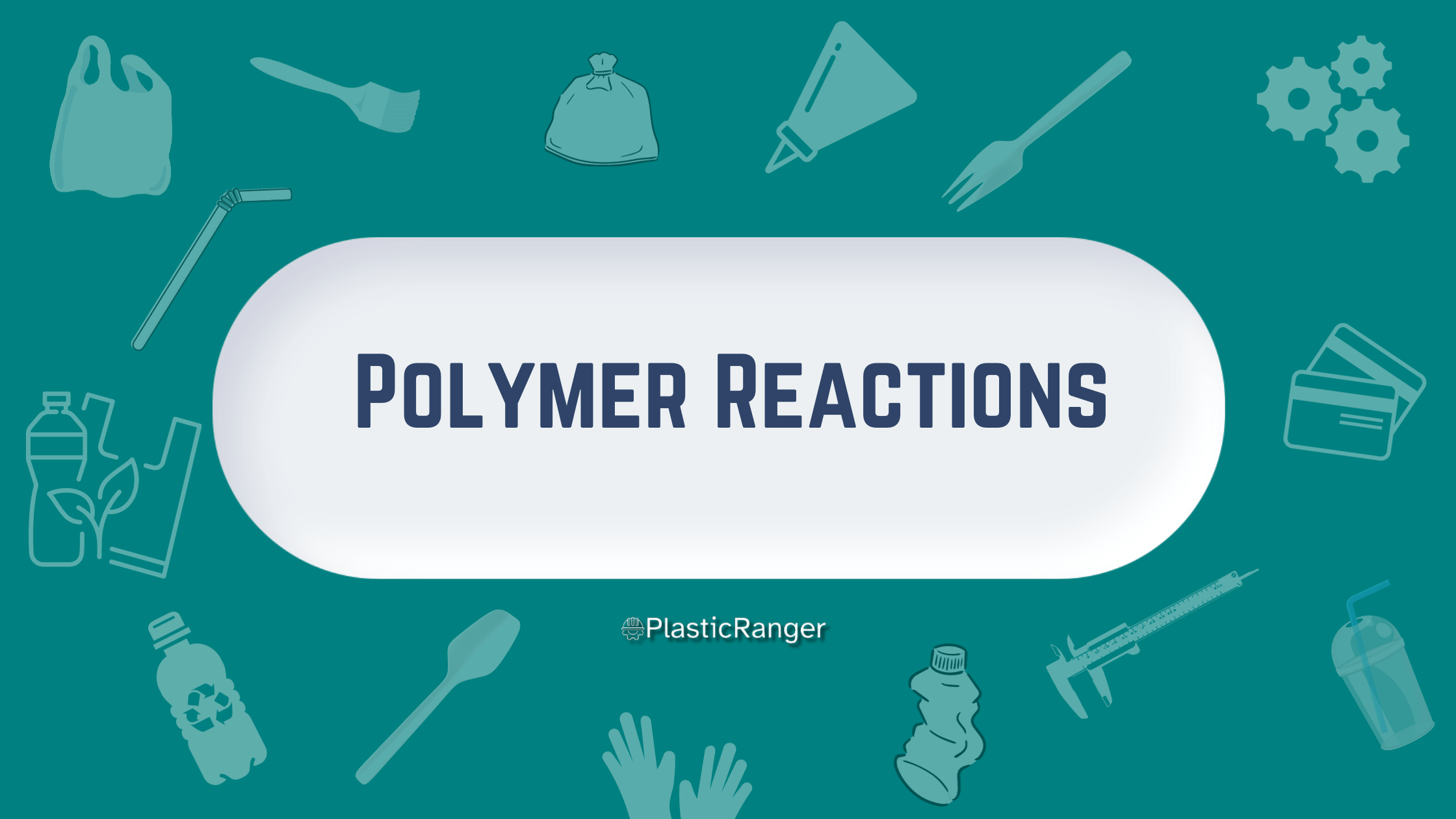Polymer Reactions: A Comprehensive Overview
Polymers, long chain molecules composed of repeating subunits, are the backbone of countless materials we encounter daily – from the plastics that encase our electronics to the synthetic fibers in our clothes. Polymers’ creation, modification, and degradation involve specific types of chemical reactions. Understanding these reactions is essential to harnessing polymers’ capabilities and addressing environmental concerns.
Polymerization
The process of forming a polymer from monomers is termed polymerization. There are two main types:
Addition (Chain-growth) polymerization: Initiators activate the unsaturated monomers, usually containing carbon-carbon double bonds. The reactive intermediate formed (usually a radical, cation, or anion) propagates the chain by continuously adding monomers. Polyethylene, for instance, is made from ethylene via radical polymerization.
Condensation (Step-growth) polymerization: It involves the stepwise reaction between functional groups of monomers, resulting in the release of a small molecule like water or methanol. Polyesters and polyamides, like the commonly known Nylon, are formed through condensation polymerization.
Copolymerization
Not all polymers are made from a single type of monomer. When two or more different types of monomers are involved in polymerization, the resultant polymer is termed a copolymer. This reaction allows for tailoring the properties of the polymer by adjusting the ratio and arrangement of the monomers. Copolymers can be:
Random: Monomers are arranged in a random sequence.
Alternating: Monomers alternate regularly.
Block: Large blocks of one monomer precede large blocks of another.
Graft: Chains of one monomer type are grafted onto the backbone of another.
Cross-linking
Polymers can be modified post-polymerization to enhance their mechanical properties through cross-linking. This involves creating covalent bonds between different polymer chains, turning them from a thermoplastic state (where they soften on heating) to a thermosetting state (where they do not soften upon reheating). When cross-linked with sulfur, rubber undergoes vulcanization, making it more robust and elastic.
Polymer degradation
All polymers, under specific conditions, can break down. This degradation can be:
Physical: Due to heat, ultraviolet light, or mechanical stress. For instance, polymers can undergo photodegradation upon prolonged exposure to sunlight, losing their structural integrity.
Chemical: Involves breaking of covalent bonds due to reactions with chemicals. For instance, hydrolysis, especially in the presence of base or acid, can degrade ester or amide linkages in polymers.
Biological: Certain microorganisms can break down polymers. Biodegradable plastics are designed to be susceptible to microbial action, ensuring they decompose relatively quickly.
End-group modification
The ends of a polymer chain can be chemically modified to change the polymer’s properties or to introduce functional groups that allow it to react further. For example, polyethylene can be converted into alcohol-terminated macromolecules, which can be precursors for other materials.
Chain scission
Sometimes, reducing the molecular weight of a polymer is beneficial, and this can be achieved by inducing chain breaks. This can be initiated by heat, radiation, or chemicals. An example is the controlled degradation of polyvinyl alcohol to produce low molecular weight oligomers for medical applications.
Environmental Concerns and Solutions
It’s essential to address the environmental implications of polymers. Traditional polymers, especially those derived from petrochemical sources, can persist in the environment for centuries. Their synthesis and degradation processes also release greenhouse gases and toxic chemicals. To combat these concerns:
Green Polymer Chemistry: This involves the synthesis of polymers from renewable resources and designing easily recyclable or biodegradable polymers.
Polymer Recycling: Innovations in polymer reactions have enabled the depolymerization of plastics, breaking them back down to monomers that can be reused, conserving resources and energy.
Conclusion
Polymer reactions are a multifaceted domain, ranging from synthesizing new materials to the recycling and eco-friendly disposal of old ones. As our reliance on polymers grows, it becomes increasingly important to understand these reactions, ensuring that we harness the benefits of polymers while minimizing their environmental impact.
Quick Navigation

